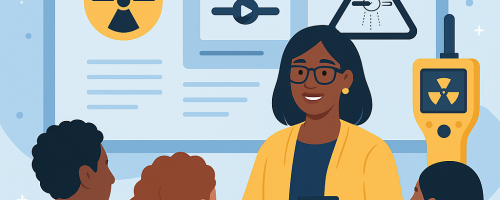Ionizing radiation has enough energy to remove electrons from their associated atoms or molecules. As a result, exposure to ionizing radiation (which includes x-rays, gamma rays, alpha and beta particles) can increase a person‘s risk to developing cancer. But ionizing radiation is used to create images of internal organs of the human body and to treat cancer. Medical professionals must weigh the benefits using ionizing radiation with the associated risk.
CT scans use numerous x-ray scans to create a 3D image of structures internal to the body. Last week, the U.S. Preventative Services Task Force made a draft recommendation that people who are at a high risk for developing lung cancer should receive annual low-dose CT screenings. They feel that there is finally enough evidence that the benefits of this screening outweigh the increased risk of cancer.
See http://appliedradiationoncology.com/acr-backs-uspstf-recommendation-ct-lung-cancer-screening/ and http://healthland.time.com/2013/07/30/panel-advises-annual-lung-cancer-screening-for-current-and-former-smokers/?iid=hl-main-lead for more details.
It is important to remember that while in this case, the increased radiation dose is deemed to be appropriate, for other conditions the use of routine CT screening scans may not be justified. You can discuss these matters with your physician before any recommended procedure to ensure you understand the benefits and risks associated with it.







